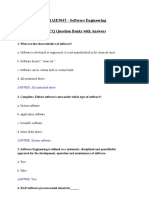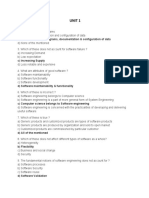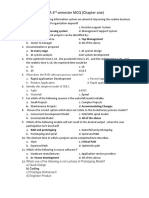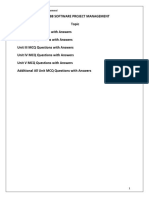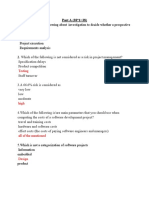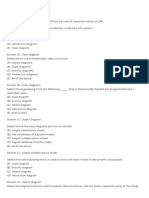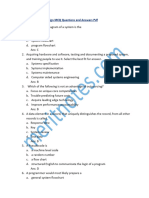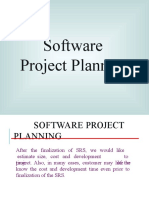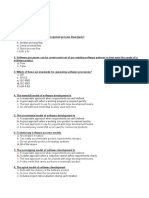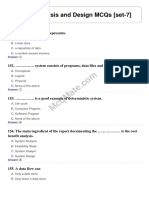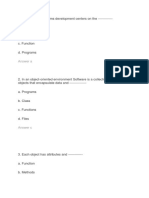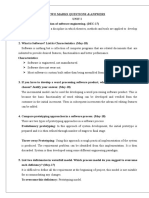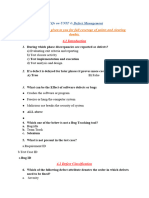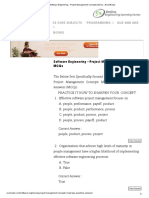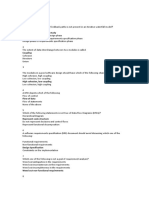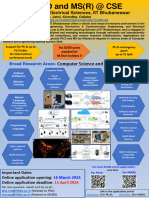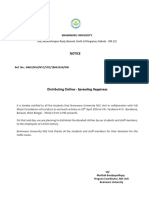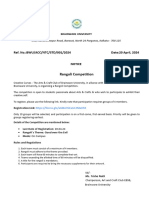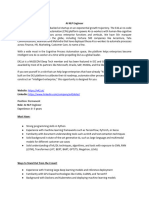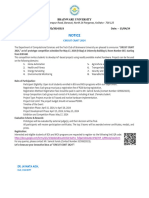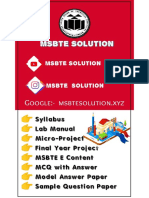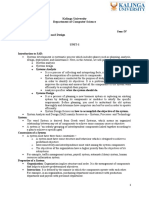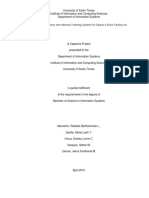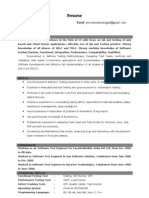0% found this document useful (0 votes)
970 views25 pagesSoftware Engineering MCQ Practice Question
This document contains a practice test on software engineering concepts with multiple choice questions. It covers topics like software development life cycles (SDLC) models, requirements analysis, design, and Unified Modeling Language (UML). The questions test understanding of different SDLC models, their usage scenarios, requirements specification documents, design techniques like data flow diagrams and entity relationship diagrams, object oriented design principles, and UML diagrams.
Uploaded by
Pratik BoseCopyright
© © All Rights Reserved
We take content rights seriously. If you suspect this is your content, claim it here.
Available Formats
Download as PDF, TXT or read online on Scribd
0% found this document useful (0 votes)
970 views25 pagesSoftware Engineering MCQ Practice Question
This document contains a practice test on software engineering concepts with multiple choice questions. It covers topics like software development life cycles (SDLC) models, requirements analysis, design, and Unified Modeling Language (UML). The questions test understanding of different SDLC models, their usage scenarios, requirements specification documents, design techniques like data flow diagrams and entity relationship diagrams, object oriented design principles, and UML diagrams.
Uploaded by
Pratik BoseCopyright
© © All Rights Reserved
We take content rights seriously. If you suspect this is your content, claim it here.
Available Formats
Download as PDF, TXT or read online on Scribd
/ 25
